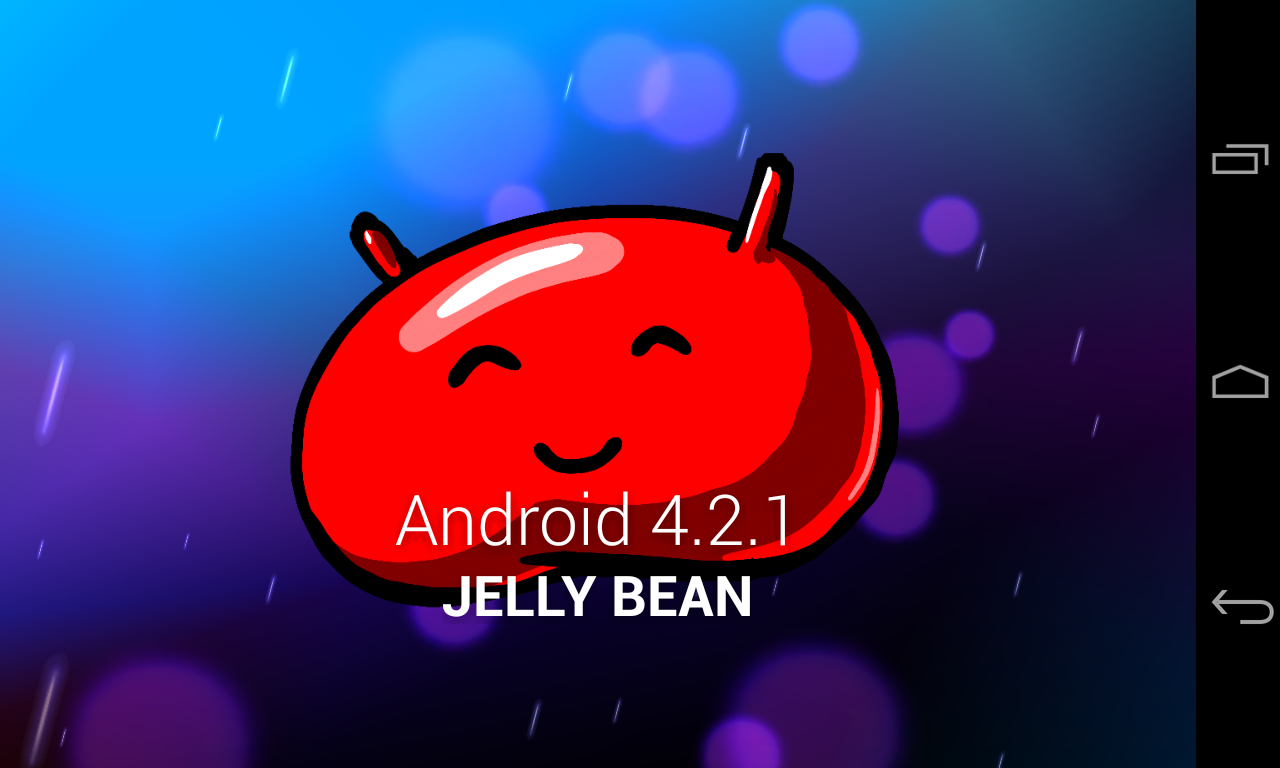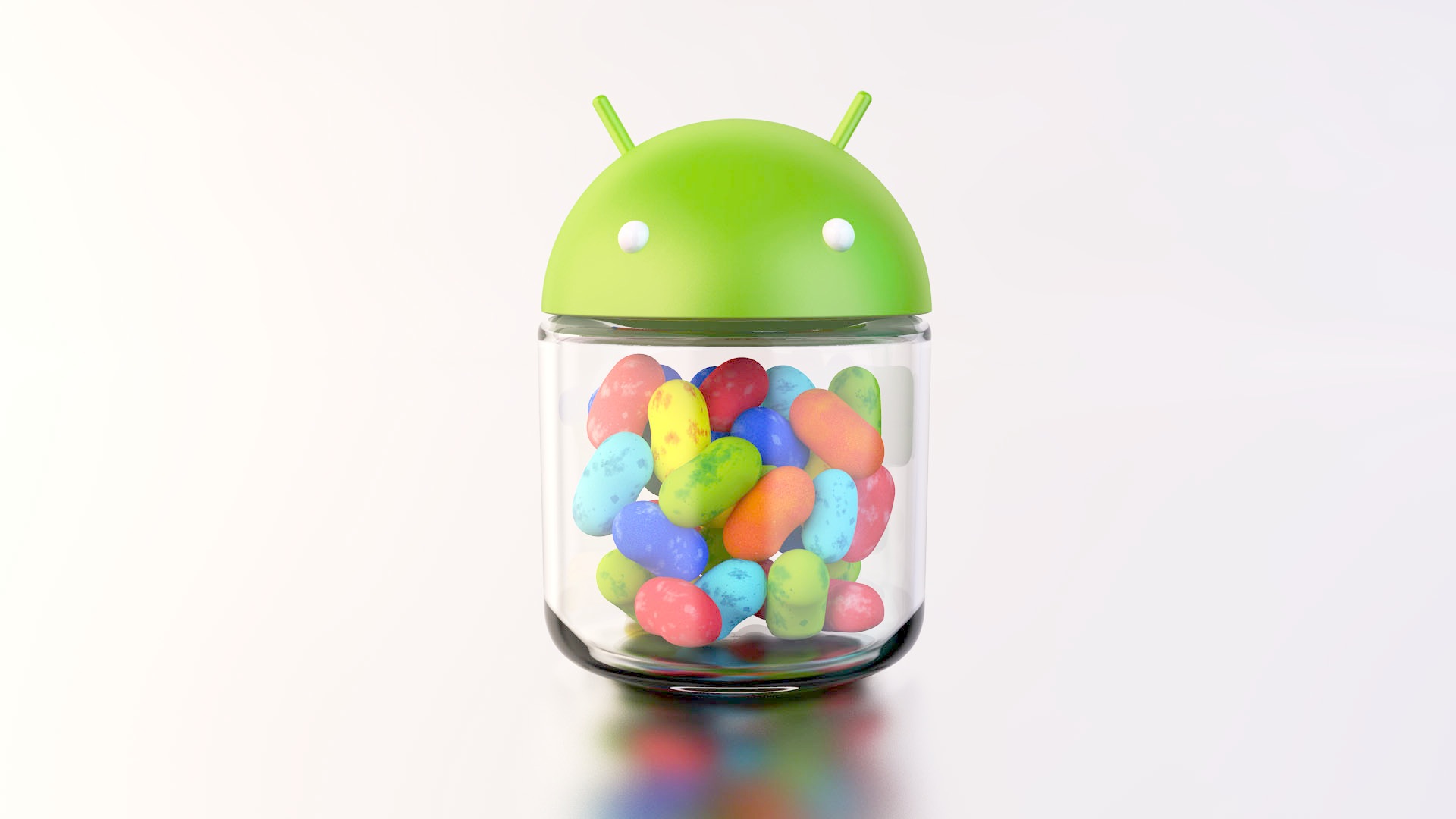Why you can trust TechRadar
For us, the biggest improvement to Android Jelly Bean is also the least obvious – that is, until you actually start using a device running the OS.
Announced at Google IO 2012 as the curiously named "Project Butter," the engineers behind Jelly Bean have made a concerted effort to finally shake the lag and general lack of responsiveness Android has historically been known for.
These claims are not just empty promises: For perhaps the first time ever, moving around within Android is just as smooth as iOS, whether it's from the smaller display of the Nexus 4, the seven inches of the Nexus 7 or on the larger Nexus 10.

Google used a variety of methods to accomplish this feat, ranging from "vsync timing" (ensuring a consistent frame rate across all screen drawing and animation) to triple buffering, which appears to be the key component which results in an overall smoother feel across the user interface.
However, it's not just improved frame rates and faster gesturing that makes Jelly Bean fly – it also synchronizes the very touch of your finger to its vsync timing, attempting to anticipate where you'll want to go next.
Finally, the software steps on the gas at just the right time, offering a boost in processing power at the next touch event to cut down on any remaining latency.
None of this tech jargon is going to mean much to end users – all they'll know is that the system is more responsive to their touch, allowing faster browsing, faster searching and faster access to their media content.
Sign up for breaking news, reviews, opinion, top tech deals, and more.
Check out our Project Butter video test (on Android 4.1) using the Google Nexus 7 tablet below.
